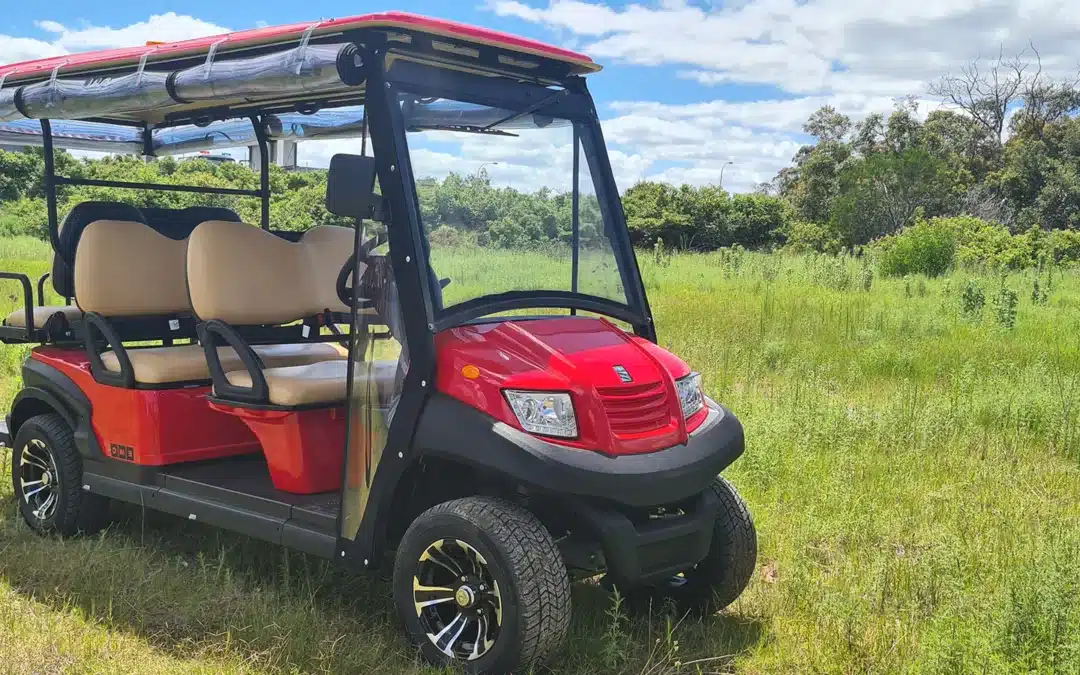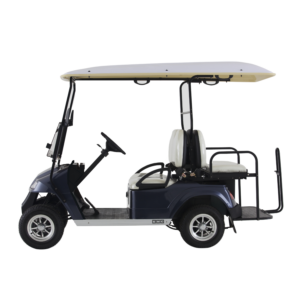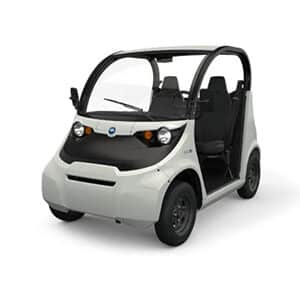Electric buggies are grabbing everyone’s attention because they bring a clean, efficient, and versatile mode of transportation to your golf games, holidays, or even your jobs.
These vehicles offer benefits that their traditional gas-powered counterparts can’t match, like cost-efficiency, quiet operation, and ease of use; and they come in different models that cover many uses and terrains: they range from small recreational buggies to larger utility models.
It’s key that you understand how an electric buggy works if you are searching for an efficient and practical way to move around, and are curious about the electric car’s trend. This way, you will know for sure that your new electric buggy will suit your lifestyle or work needs.
Let’s explore the mechanics of electric buggies, go through a quick guide on how to drive them, see their benefits compared to gas-powered vehicles, learn about their uses, and discuss what’s ahead for electric.
How Does an Electric Buggy Work?
Electric buggies operate using a straightforward mechanism involving key components like the electric motor, battery, controller, and drivetrain. The heart of the buggy is its battery, typically lithium-ion, which stores electrical energy.
When the driver presses the accelerator, the controller regulates the power flow from the battery to the motor. The motor then converts this electrical energy into mechanical energy, pushing your buggy forward.
The reason why the battery is so critical is because it defines the range and performance of your buggy. Modern electric buggies use advanced battery technologies, such as lithium-polymer, which offer high energy density, long life, and quick charging capabilities.
These batteries can be recharged by plugging the buggy into an electrical outlet or a specialised charging station, making it easy and handy to charge them; depending on the battery capacity and the charger’s power output, charging times can vary from a few hours to overnight.
The motor in an electric buggy is designed to deliver maximum efficiency and performance. People sometimes worry that electric vehicles don’t offer as much performance as non-electric ones. But unlike internal combustion engines, electric motors provide instant torque, which means that power is available immediately when needed.
This results in smooth and responsive acceleration, a feature every driver is looking for.
How to Drive Your Electric Buggy
One of the main advantages of electric buggies is that they are very easy to drive. Let’s go over a quick guide.
- Check Controls: Take a look at the accelerator pedal, brake pedal, and steering wheel, and find out where the forward and reverse switches are.
- Start the Buggy: Insert the key and turn it to the “on” position. Ensure the buggy is in neutral before starting.
- Accelerate and Brake: Press the accelerator pedal gently to start moving. To slow down or stop, release the accelerator and press the brake pedal smoothly.
- Steering: Use the steering wheel to navigate. Turn the wheel in the direction you want to go, just like a regular car.
- Parking: Use the brake to completely stop your buggy when you reach your destination. Shift to neutral, turn off the key, and set the parking brake.
Advantages of Electric Buggies Over Non-Electric Cars
It’s a Greener Choice!: Electric buggies produce zero emissions, unlike gas-powered or fossil fuel vehicles.
Electric Buggies Go Easier On Your Wallet: Over time, electric buggies are more cost-effective. Electricity is cheaper than gasoline, so the cost per mile you travel in your electric buggy is lower. Plus, many areas offer incentives and tax credits for electric vehicle owners.
They Are Cheaper And Easier To Maintain: Electric buggies have fewer moving parts than gas-powered vehicles, and there’s no need for oil changes, spark plugs, or exhaust systems. This means you won’t have to deal with so many mechanical issues and will have lower maintenance costs.
They Are Quieter: The quiet operation of the electric buggies will be one of your favourite features if you are tired of hearing loud motor noises. This will be especially fitting if you plan to use it in residential areas and resorts.
Where Can You Use Your Electric Buggies?
Electric buggies are commonly thought of as golf cars but can benefit many industries, especially in industrial settings.
- Recreation: Ideal for golf courses, parks, and resorts to transport guests, visitors, and staff. Check out our EMC Elite XLWB 8 Seat Resort, perfect for your holiday spot!
- Industry: Perfect for warehouses, factories, and airports, to move goods and personnel. The SS-546 is perfect for carrying materials around a factory or a construction site.
- Agriculture: Electric buggies are useful on farms for moving equipment and crops, with options like hauling and spraying.
The Future of Electric Buggies
The future of electric vehicles is exciting, with technology improving all the time. Batteries are getting better, so buggies can go further and charge faster.
As more people buy them, electric buggies will probably get cheaper, making them available to more people. New ideas like solid-state batteries, wireless charging, and better energy systems will make electric buggies even better.
Plus, many places are making stricter rules about emissions and giving money off for electric vehicles. This will make more people want electric buggies.
The Bottom Line
Electric buggies run using a straightforward yet effective system. Their user-friendly design, low maintenance costs, and eco-friendliness make them a smart choice for different settings, from resorts to industrial contexts. Visit our shop to get your electric buggy now!





